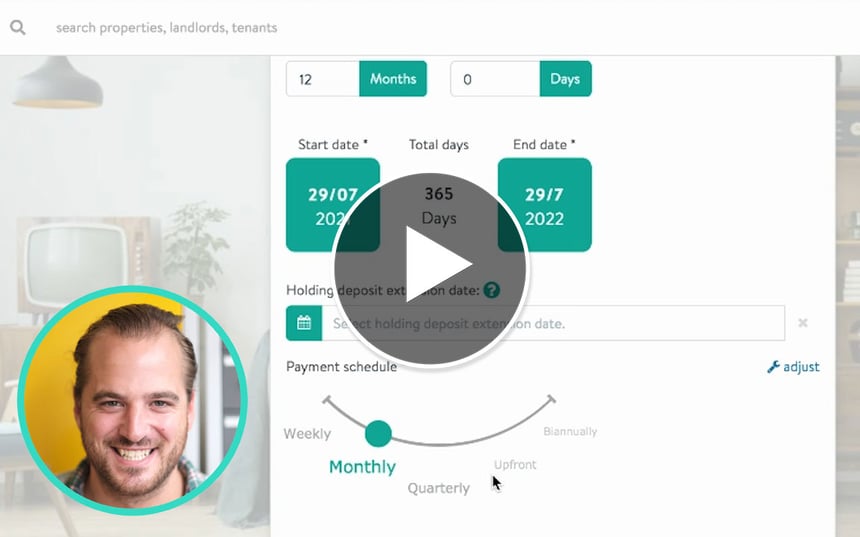Understanding product lifespans in rented homes
The Tenancy Deposit Scheme explain how landlords and letting agents can tackle product lifespans in rented properties and end-of-tenancy deposits.
As a landlord or letting agent in the UK, it's crucial to have a comprehensive understanding of the lifespan of various items in your rented properties. This knowledge can help distinguish between normal wear and tear and damage that may exceed reasonable expectations, ultimately impacting deposit deductions at the end of a tenancy.
In this blog, the Tenancy Deposit Scheme explores the expected lifespans of products and how to identify damaged items beyond fair wear and tear.
- What is meant by product lifespan?
- Understanding product lifespans in rented homes
- Fair wear and tear vs. damage
- Example of product lifespans
- TDS guide to product lifespans
What is meant by product lifespan?
A product lifespan refers to the expected duration for which an item is designed to remain functional under normal usage
In a rented home, this would refer to how long appliances, furniture, or flooring are estimated to remain in good condition before requiring repair or replacement.
Understanding product lifespans in rented homes
Understanding the lifespan of different products can help plan for regular maintenance, repairs, and replacements.
For example, if a landlord knows that a refrigerator typically lasts for 10-15 years, they can anticipate the need for a replacement, which can help landlords budget accordingly and ensure that the property's amenities remain in good working condition for tenants.
Fair wear and tear vs. damage
Fair wear and tear should be factored into the product lifespan, which is defined as "the reasonable deterioration of a property and its contents over time due to normal everyday use".
Examples of deterioration which may be considered fair wear and tear include things such as minor scuffs on walls, worn carpet in high-traffic areas, and faded paint. Excessive damage, however, refers to harm that goes beyond normal wear and tear and causes a reduction in the lifespan of the product.
Examples include stains on carpets, broken appliances due to misuse, and large holes or dents in walls. If the product lifespan has been affected by excessive damage, it's important to support this with evidence if you want to make a deposit deduction.
Download free tenancy agreements and deposit protection checklists for your landlords
Example product lifespans
When considering the lifespans of various products in rented properties, it's important to recognise that each case is unique and influenced by factors such as tenancy duration, number of occupants, and the quality of the product. On average, some example lifespans are as follows.
Flooring
- Low-quality carpeting: 2-4 years
- Medium-quality carpeting: 5-8 years
- High-quality carpeting: 8-15 years
- Laminate and vinyl flooring: 5-10 years
- Hardwood flooring: 15-50 years
Decor
- Lifespan of paint and wallpaper: 3-5 years
It's important to note that these estimates are approximate and assume an average-sized property with average use. The actual lifespan of decoration will depend on factors such as the size of the rooms, the type and number of permitted occupants, and whether the property was furnished or unfurnished.
TDS Guide to Product Lifespans
TDS in partnership with the NRLA have produced a guide that explains what you need to know about Product Lifespans in rented properties. This guide delves into factors affecting product lifespans and explains how adjudicators consider evidence like age, cost, and quality when making deposit deductions.
Specific examples for carpets, decoration, and appliances are provided, along with an overview of common adjudication factors. The guide also gives you a transparent cost apportionment calculation based on item age and lifespan which you can use in your cases. You can access the TDS Guide to Product Lifespans here.
This article was originally published at tenancydepositscheme.com. TDS integrates with Goodlord, giving customers the chance to save up to 10 minutes per tenancy. Learn more about the integration.









